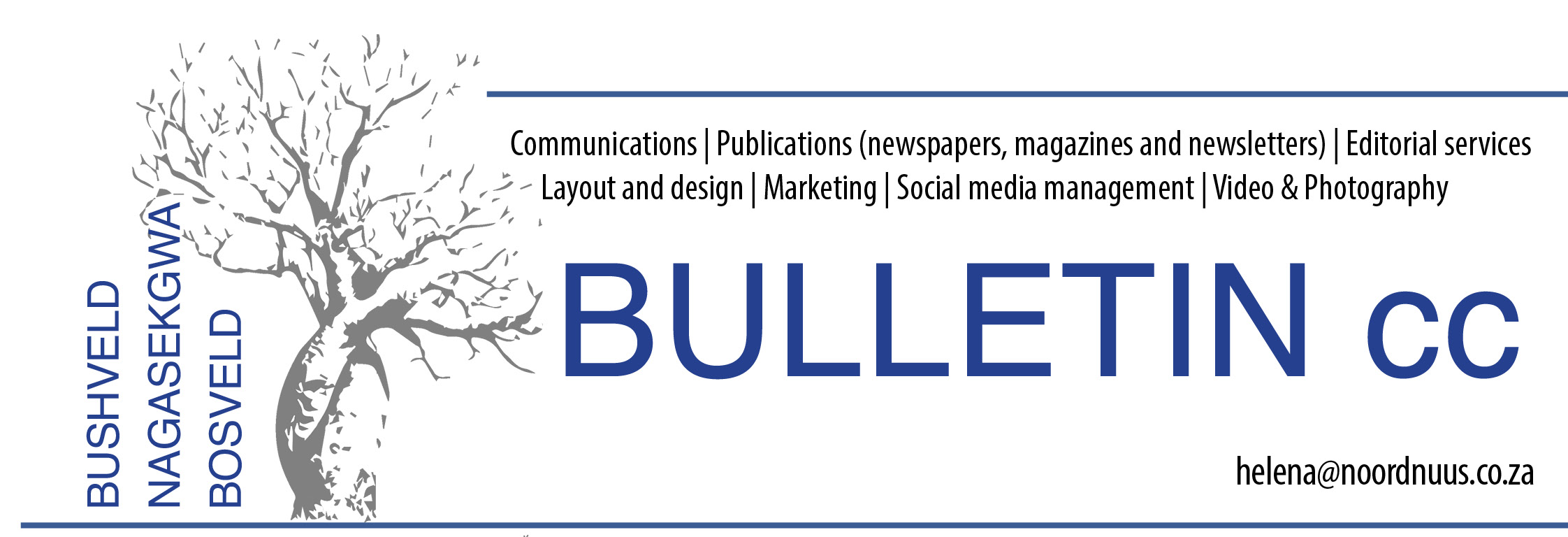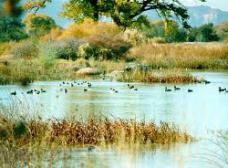Nyl system is already stressed says expert
MOKOPANE - “There should be no further impacts on the Nyl-Mogalakwena river system and all activities currently impacting on the system have to stop...” This was the conclusion of environmental ecologist, Andy Gubb who was tasked by the Centre for Environmental Rights to initiate their Public Participation Programme (PPP) which focuses on capacity-building and community participation in dealing with mining activities on the Nyl flood plain.
Addressing members of the Nyl Action Group and other affected parties from various communities along the river on Tuesday, Gubb told delegates that this conclusion was not based on his own assumptions, but on peer reviewed research by other scientists and researchers.
He motivated his statement explaining that the Nyl flood plain is a unique system of which there are only two similar systems elsewhere in Africa. While it already strains under various impacts, the Nyl is probably the best preserved.
“But if you don’t succeed in stopping all activities impacting on the system and preventing any further mining in the floodplain, you will lose the entire system which stretches from south of Modimolle, all the way to the confluence of the Mogalakwena and Sterk rivers,” Gubb stressed.
Explaining how significant the role of the Nyl is in the Waterberg area, Gubb highlighted research which shows that 400 000 people in the area depend on the Nyl/Mogalakwena system for their daily water needs.
This includes the thousands of rural people who get their potable drinking water from shallow bore holes in the villages North and North West of Mokopane, the Mogalakwena municipality which relies on bore holes in the Makapansgat area and all the urban, rural and farming communities along the floodplain in the municipal areas of Mookgophong and Modimolle.
He was particularly critical of the Mogalakwena and Modimolle municipalities, saying Modimolle extracts water from the Groot and Klein Nael Rivers, even before it enters the flood plain system and that Mogalakwena pollutes the system with storm water run-off and dysfunctional sewage works where effluent flows freely into the system just north of town. He also noted that it wasn’t clear whether Mogalakwena municipality supplied Anglo Platinum’s mine with water extracted from the system at Makapansgat. Currently sand mining just north of Mokopane could do irreparable damage if too much sand is removed. He explains that the sand acts as a plug which prevents water from disappearing down the Sterk River system. Instead it allows the river to push back on itself when flooded by the Rooisloot and Pholotsi rivers, making it one of the most unique wetland systems in the world.
Gubb criticised municipalities and traditional authorities for not representing the interest of residents properly and for failing to inform people on the impacts mining and other activities could have on their lives and livelihoods.
For residents of the municipal areas along the Nyl flood plain, he says mining on their doorstep is of very little value. “The numbers of locals employed at most mines are in the low hundreds and most people tend to be poorer once mining starts in their area,” he explained.
Gubb said 99% of the vast numbers of rural people that completed questionnaires in the eight workshop sessions he hosted in the Nyl flood plain region were opposed to mining. “They are acutely aware of the water situation and how mining activities will impact on their resources.”
Most participants also indicated they no longer trust tribal leaders and municipalities to represent them in dealings with prospective mining companies. “They feel they are dictated to by a small group that benefits.”
Gubb encouraged delegates to form an alliance that includes all interested and affected parties along the Nyl flood plain. “Bottom line is, you don’t mine in a floodplain. Especially not if it is 20 million years old with 2,5 million years of cultural history and 400 000 people directly dependent on it,” he concluded.













0 Comments